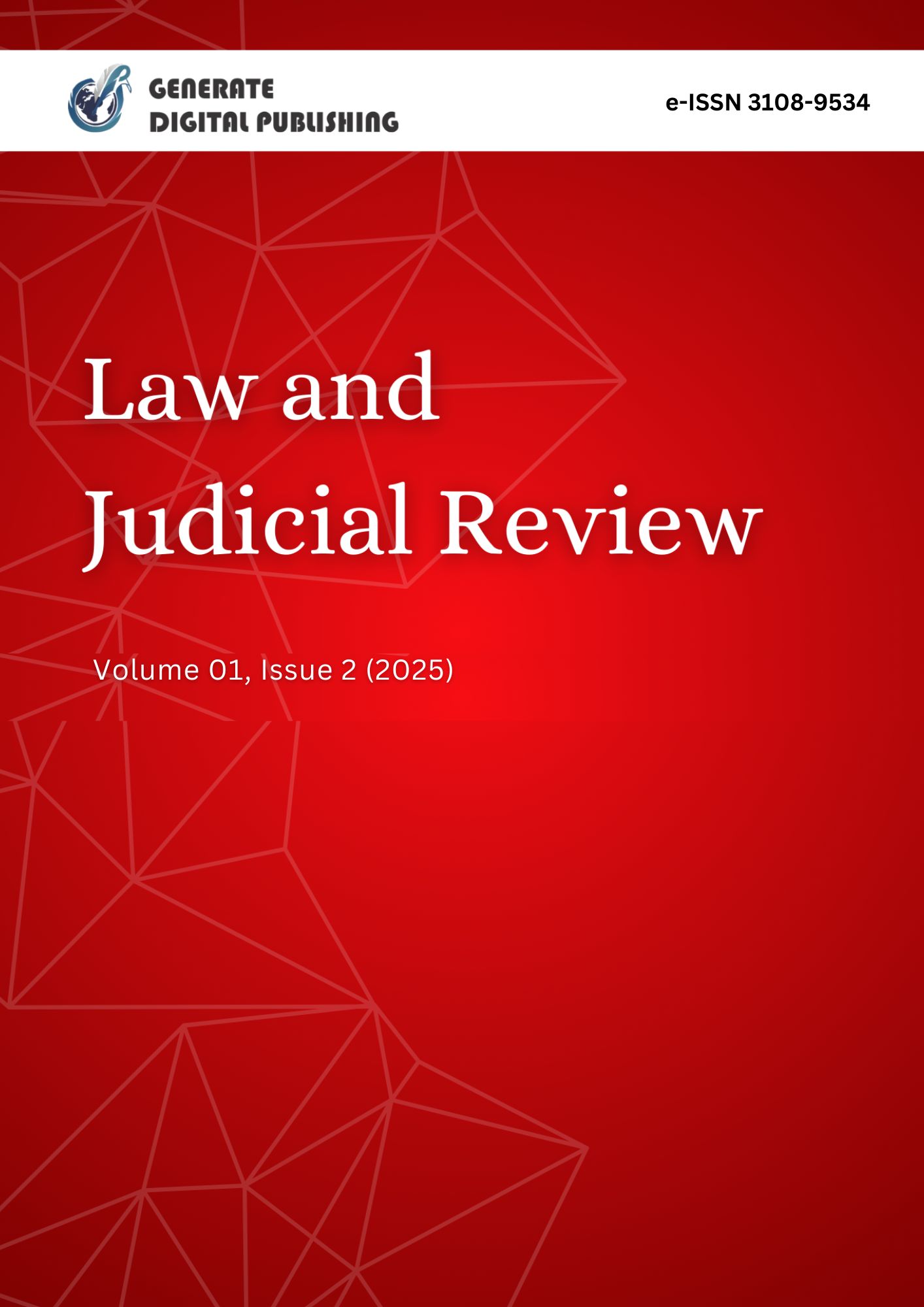Restorative Justice Paradigm as a Humanistic Solution to Youth Violence in Indonesia
DOI:
https://doi.org/10.70764/gdpu-ljr.2025.1(2)-06Keywords:
Restorative Justice, Youth Violence, Juvenile Justice PolicyAbstract
Objective: This research aims to explore the application of restorative justice as an alternative approach to addressing child abuse in Indonesia, focusing on restoring relationships, reconciliation between victims and perpetrators, and rehabilitation of perpetrators, rather than simply emphasizing punishment. Research Design & Methods: This research uses a qualitative approach with a normative juridical method. It involved analyzing laws, regulations, social norms, and other secondary legal materials, such as relevant legal journals, books, and scientific articles, that influence the implementation of restorative justice in Indonesia. Findings: This research found that restorative justice has significant potential to create social harmony by facilitating reconciliation between victims and offenders, restoring harm, and rehabilitating offenders to prevent future violence. However, its implementation in Indonesia faces several challenges, including a lack of understanding among the public and law enforcement, as well as the cultural stigma surrounding juvenile offenders. Implications & Recommendations: This study recommends a comprehensive strategy to optimize restorative justice in addressing youth violence through legal reform, community and law enforcement education, psychological support, and cultural adjustment to align with local values for long-term sustainability. Contribution & Value Added: This research contributes to the understanding of restorative justice in the context of youth violence in Indonesia by identifying challenges and opportunities for its implementation and providing a basis for further research and juvenile justice policy development.
Downloads
Published
Issue
Section
License
Copyright (c) 2025 Law and Judicial Review

This work is licensed under a Creative Commons Attribution 4.0 International License.














